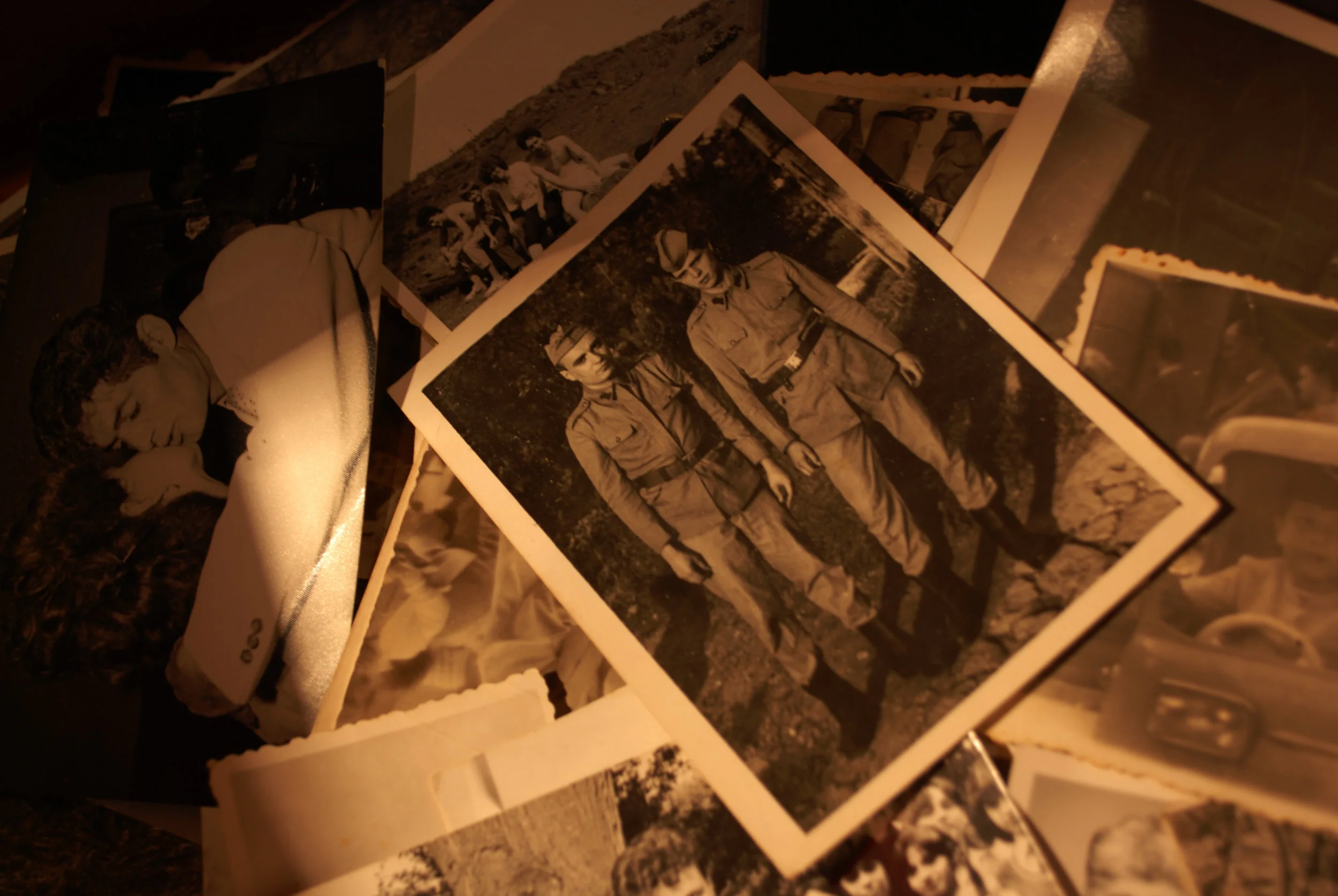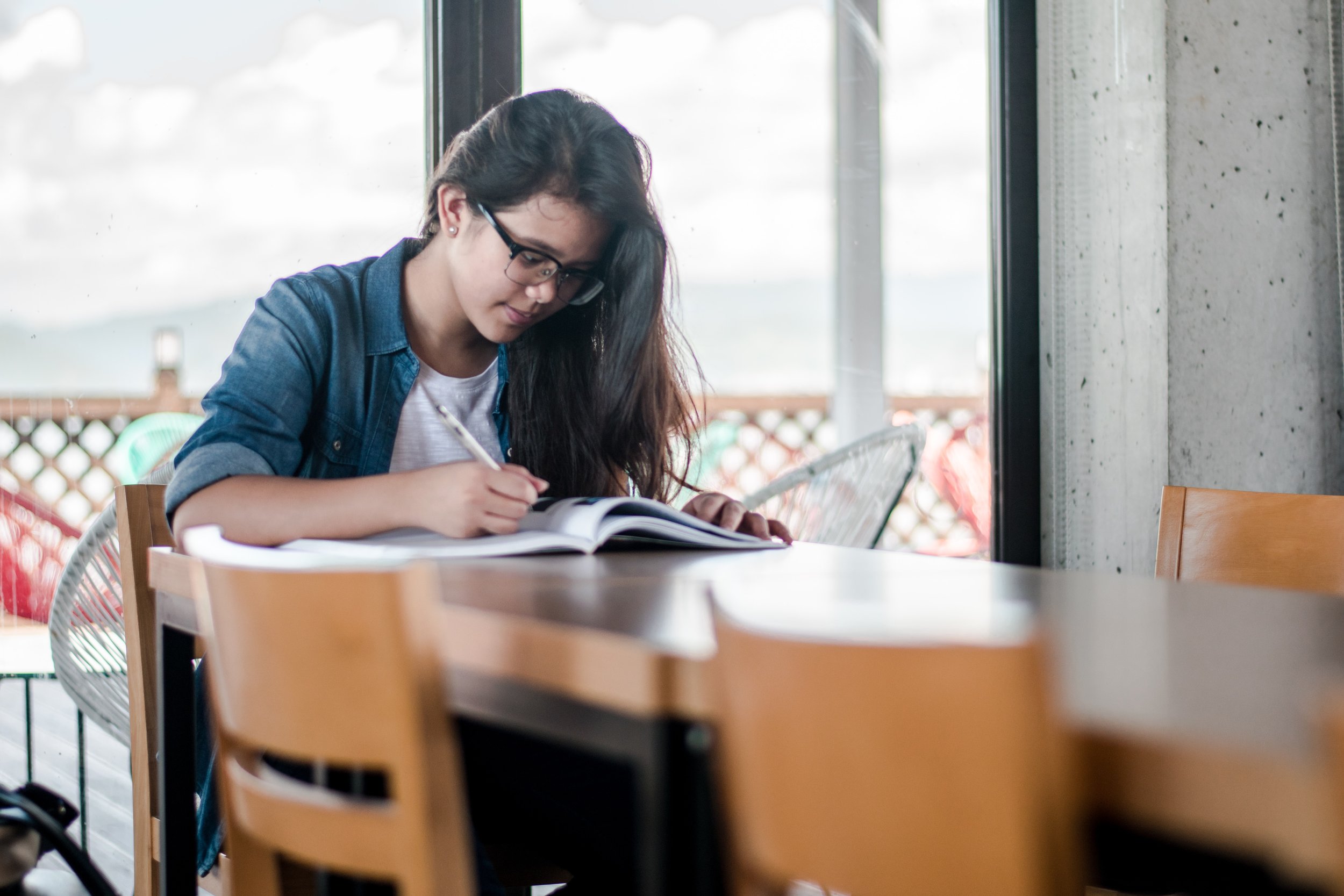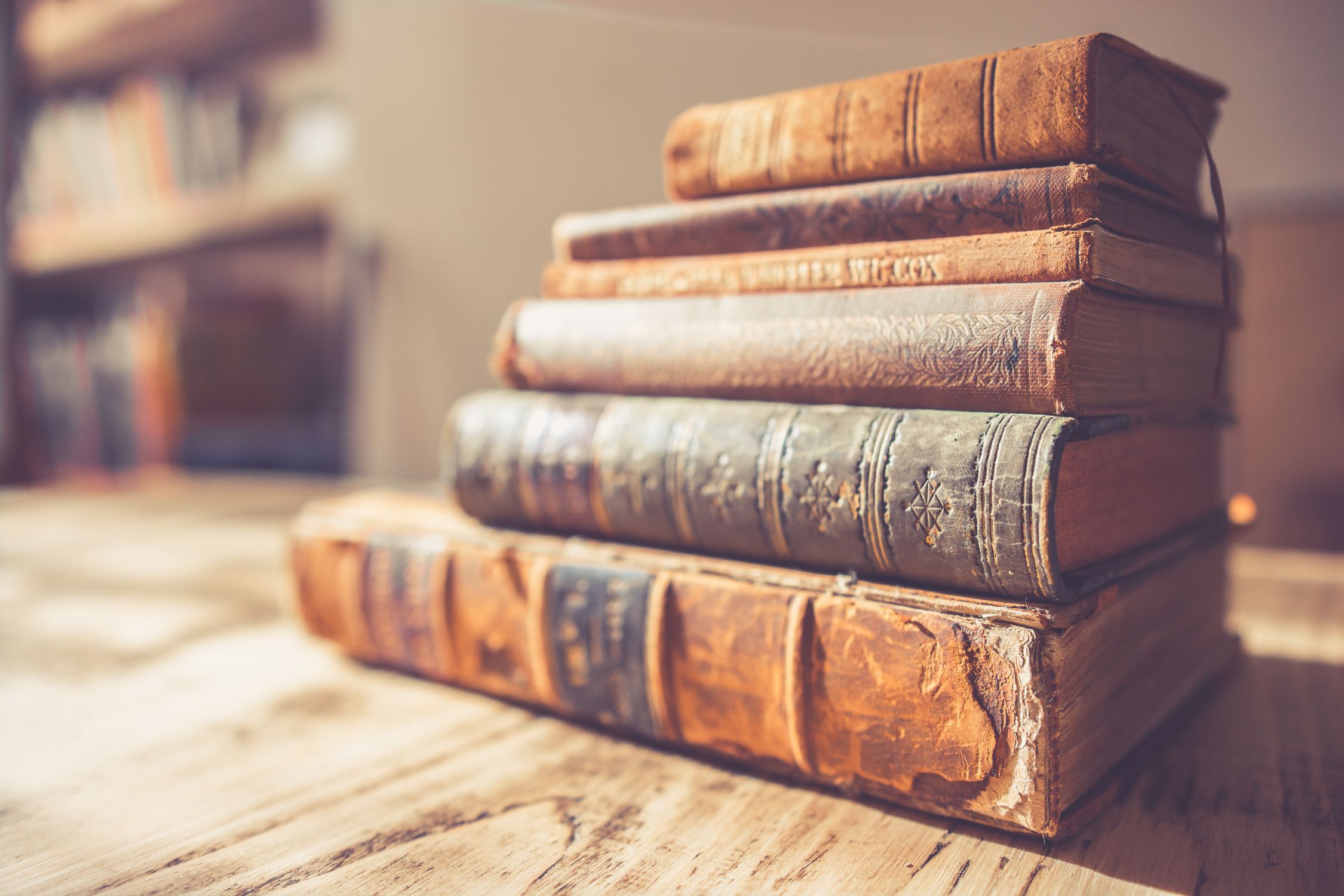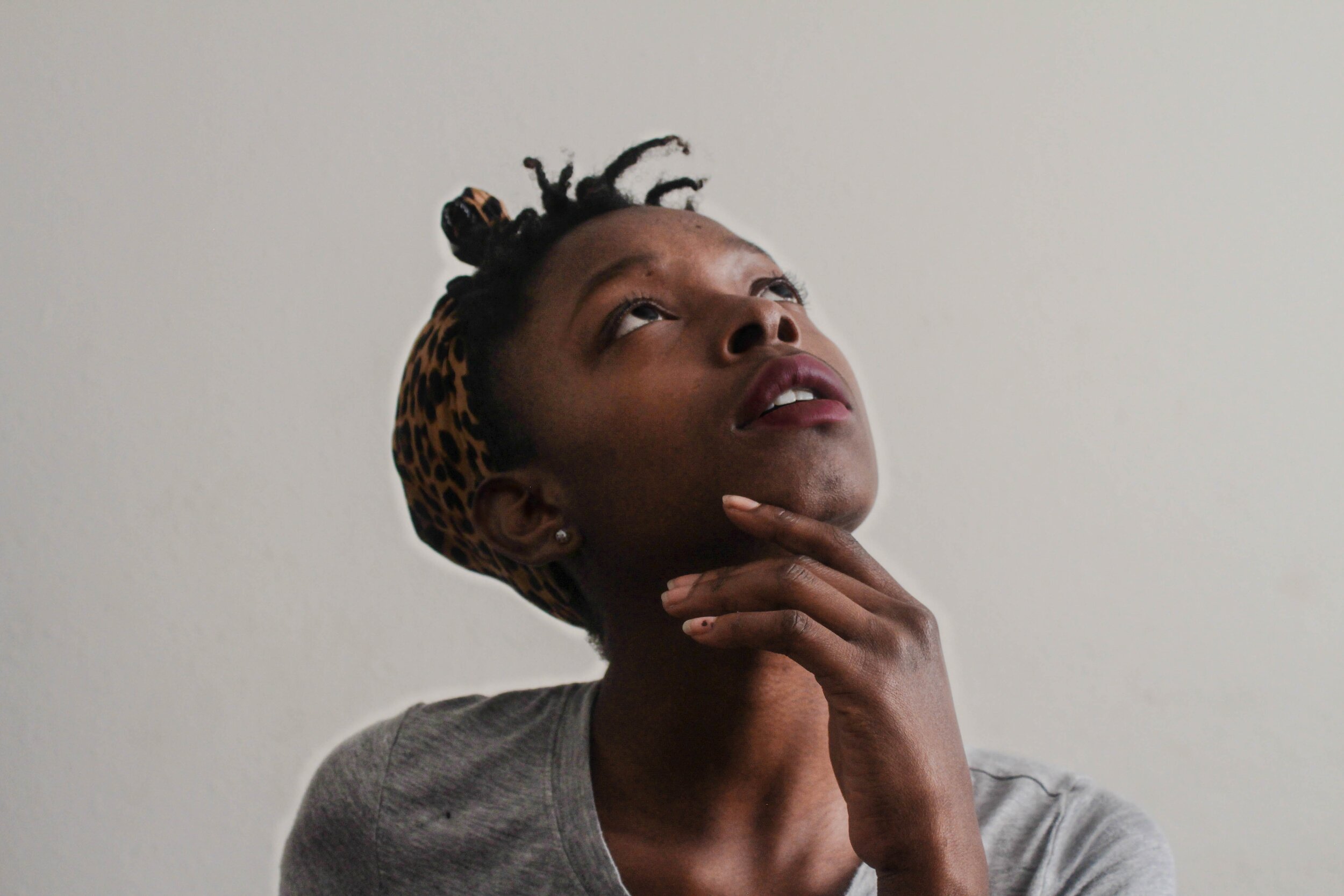Photographs contain a wealth of information, but you need to build your visual literacy to extract clues. The social history context that photographs provide is especially important for groups who have historically not been represented in text-based archival collections, such as women or people of color. I've gathered some of the techniques I use when conducting historical analysis of photographs. While my questions are created for people trying to research their family photos, they can also be applied to photographs that you find in archival repositories.
Where and when did you found the photograph? What's its context?
What type of photograph is it? (Many old photos are cabinet cards or cartes de viste). Knowing the type of photograph you are examining may help you date it.
If the photograph was stored with other heirlooms, note the other items that it was kept with. Do these items provide context? Each item may help identify the others.
If possible, keep the photograph in its original container as long as you can. For example, if someone tucked the item in his or her Bible, that person is probably connected to them all. Moving the item could mean you lose its context. If preservation is an issue, make a photocopy, scan, or place the originals in an archival sleeve. If you remove the original photograph to preserve it archivally, place a copy in its original spot to remind you of what items you found together.
Look for identifying features. Can you find a name, date, or other information written in the margins or on the back?
If the information is handwritten, can you identify who wrote it? (For instance, I can immediately recognize my paternal grandmother's handwriting). Keep in mind that people often have similar script if they were taught penmanship. Writing usually changes with age too.
Do not automatically accept what has been written is accurate. Consider who wrote it and his or her motivations. Sometimes information is a mistake; sometimes, it's misrepresentation. How accurate is the information?
Try to identify the people in the photograph, keeping in mind that your first identification may not be correct. Who do you recognize?
Study their faces. How old are the people being pictured? Do you recognize them from other photographs? Do they look like they are related?
What are the people in the photograph wearing? Clothing can provide clues to the time period, economic status, gender, ethnicity, age, and season. For example, in the nineteenth century, American women wore the same dresses year-after-year with small changes to the sleeves, according to that year's fashion. Similarly, women often purchased new bonnets annually, so you may be able to determine the year based on the bonnet's style. In the Victorian era, young children of both genders wore dresses, yet boys had their hair parted on the side, while girls had their hair parted in the middle. As you become more familar with the trends of years gone by, you will begin to see this tiny clues more clearly.
Are the people wearing any jewelry, family heirlooms, or distinctive artifacts?
How are the people standing or seated in relation to one another? Are the older family members still alive? Has the youngest in the family been born yet?
Note the photographer's identifying information, which may be listed on the front of the photograph or the back. This will usually tell you where a photograph was taken. Once you know the photographer's studio, you can do additional research to determine a range of dates when the photograph was taken. Sometimes you can find this information online; sometimes you may have to contact a local or state historical society to get more information about the photographer.
Where is the photograph taken? Outside? In a house? In a studio with props? If the photograph depicted the inside of a home, are there other photographs that show you different parts of the room? What does the room tell you about its occupants?
Is there a car pictured? The make, model, and condition of the car can give you clues. Does it look like it is owned by the subjects, or is it a prop?
If the setting is outdoors, examine the architectural details and distinct buildings. Do they provide clues about the date and location of the photograph?
Can you tell what season the picture was taken?
Are there any calendars, photographs, or textual clues inside the photograph? You may need a magnifying glass to see these details.
Why was this photograph taken? Was it to commemorate a family event, such as a marriage, engagement, anniversary, birthday, graduation, christening, death, or funeral?
What strategies do you use when examining photographs?
Looking for archival advising, records management, and historical research services? Click below to speak with an expert consultant.
























